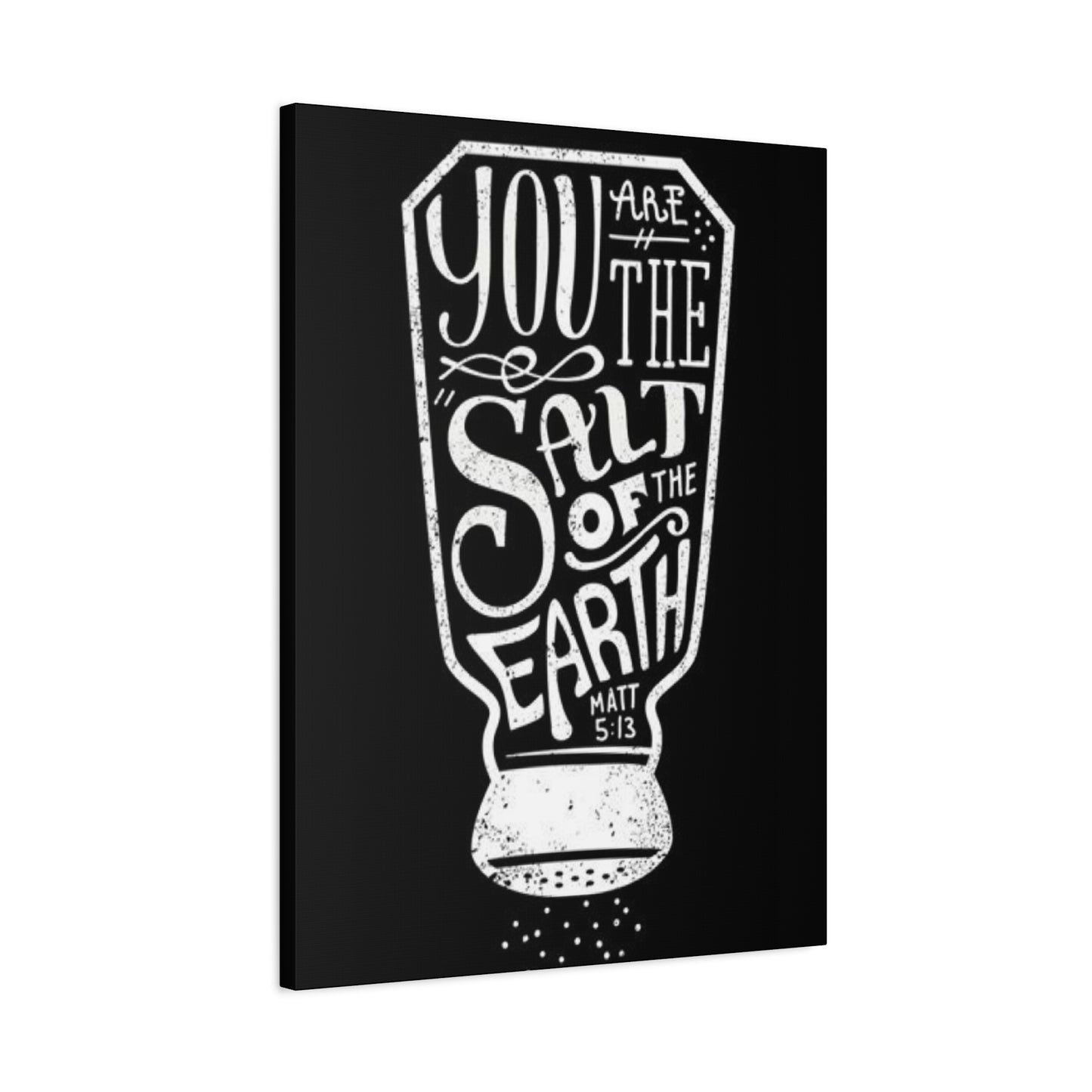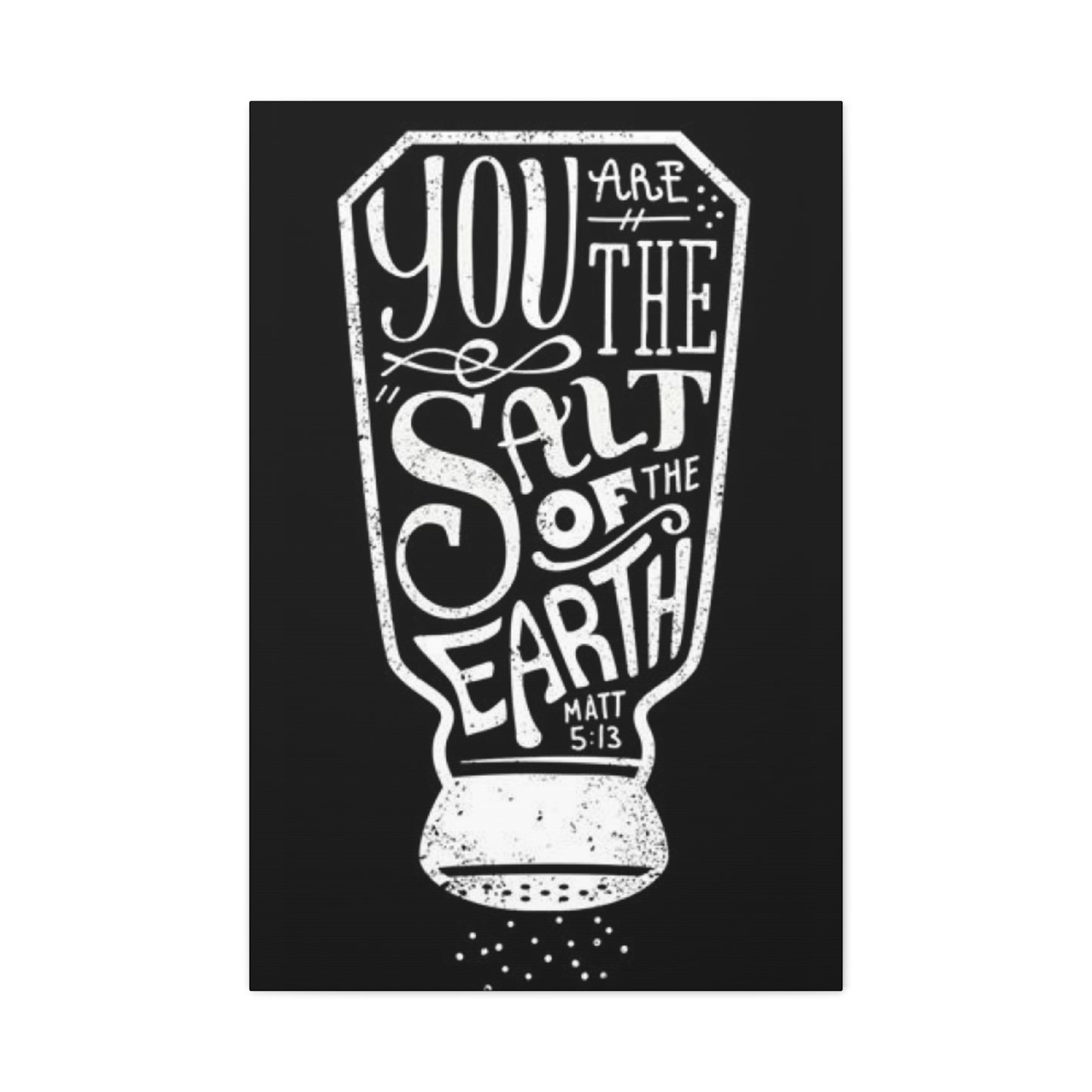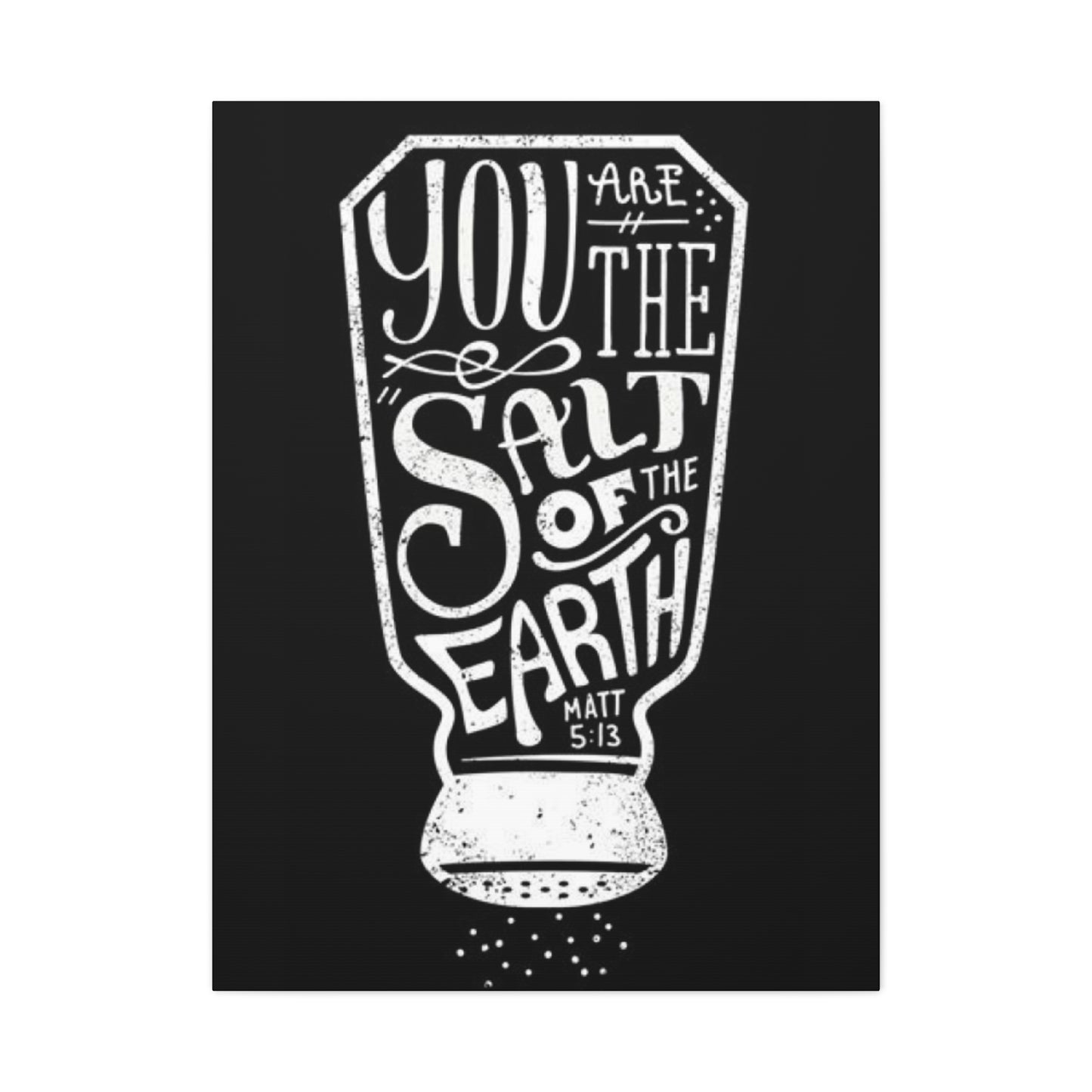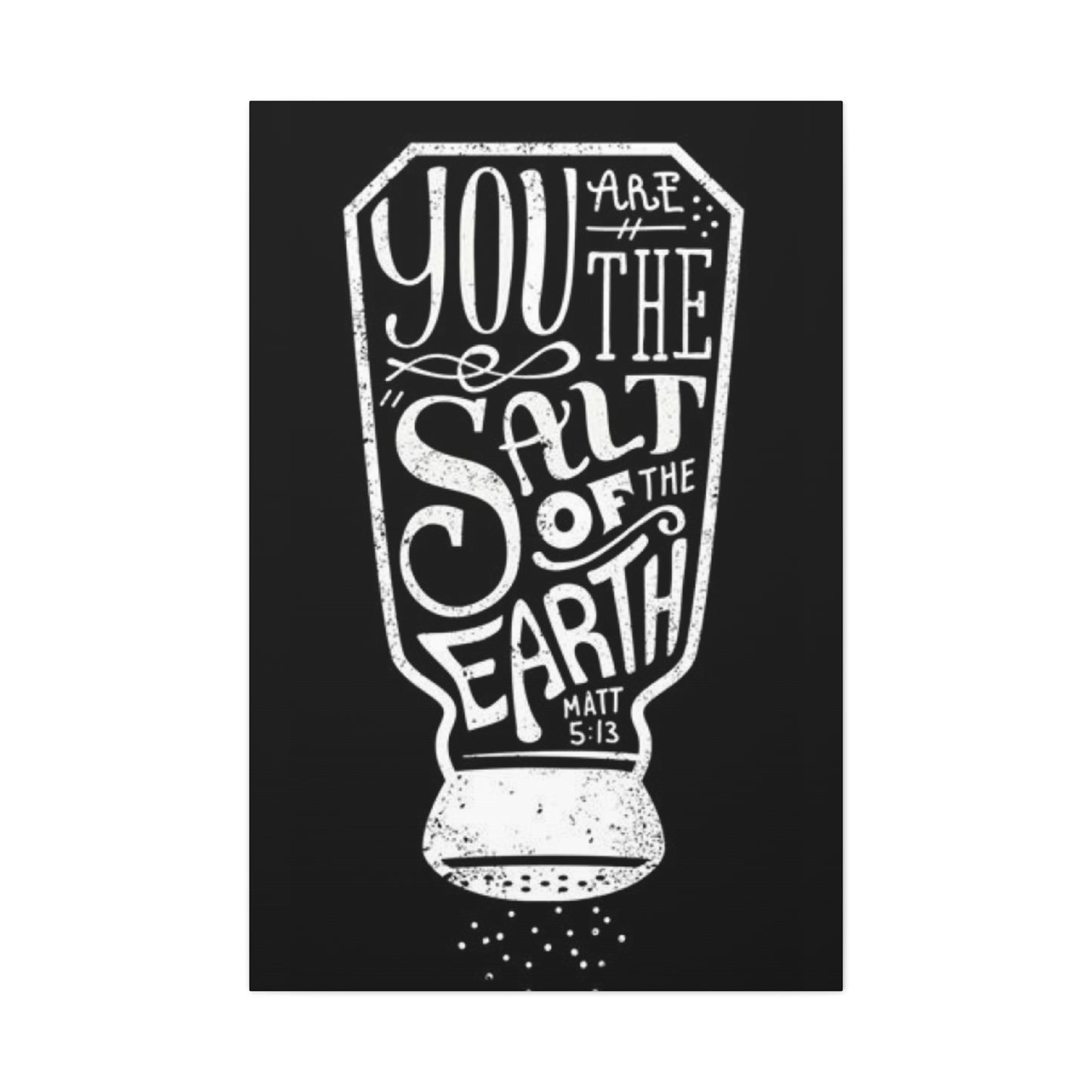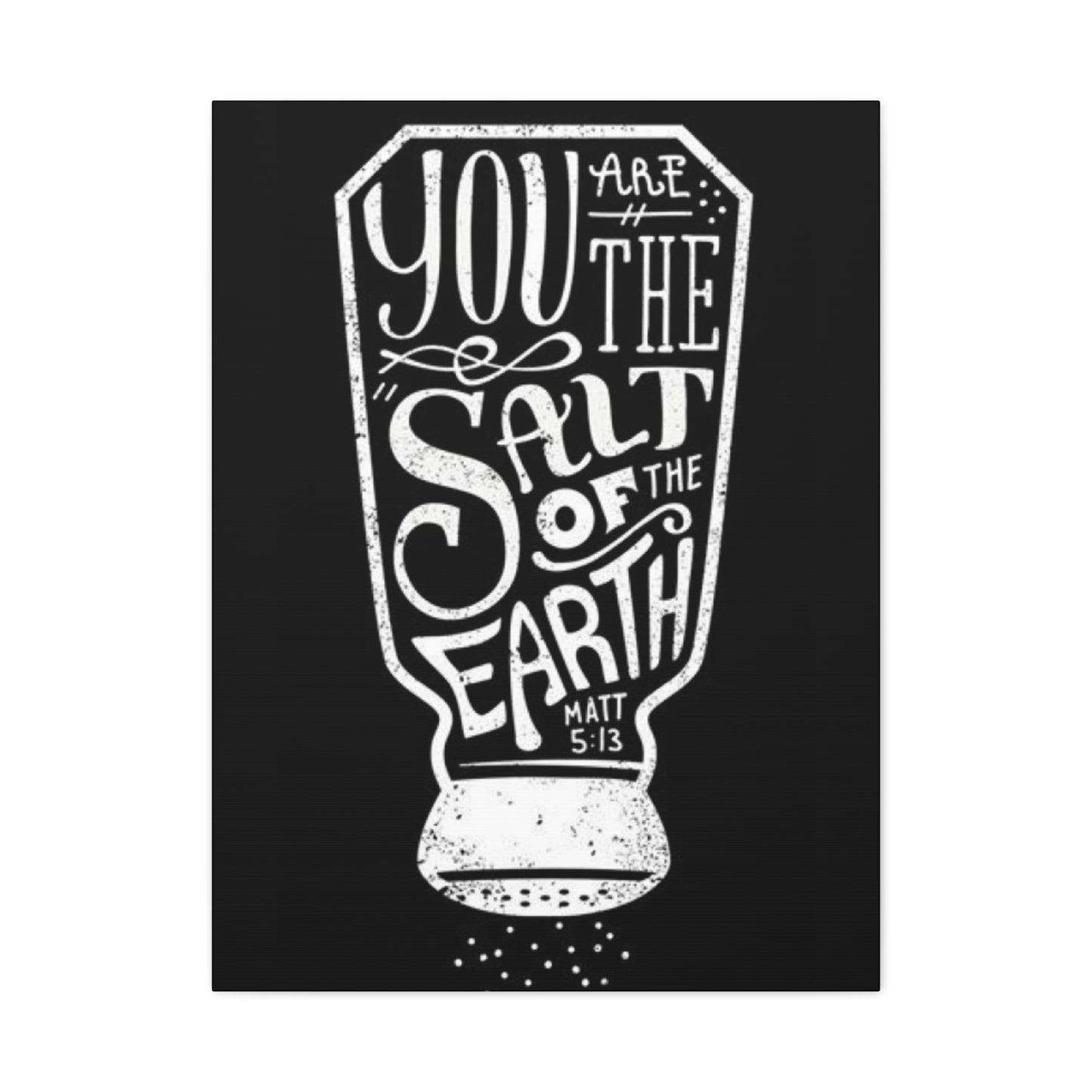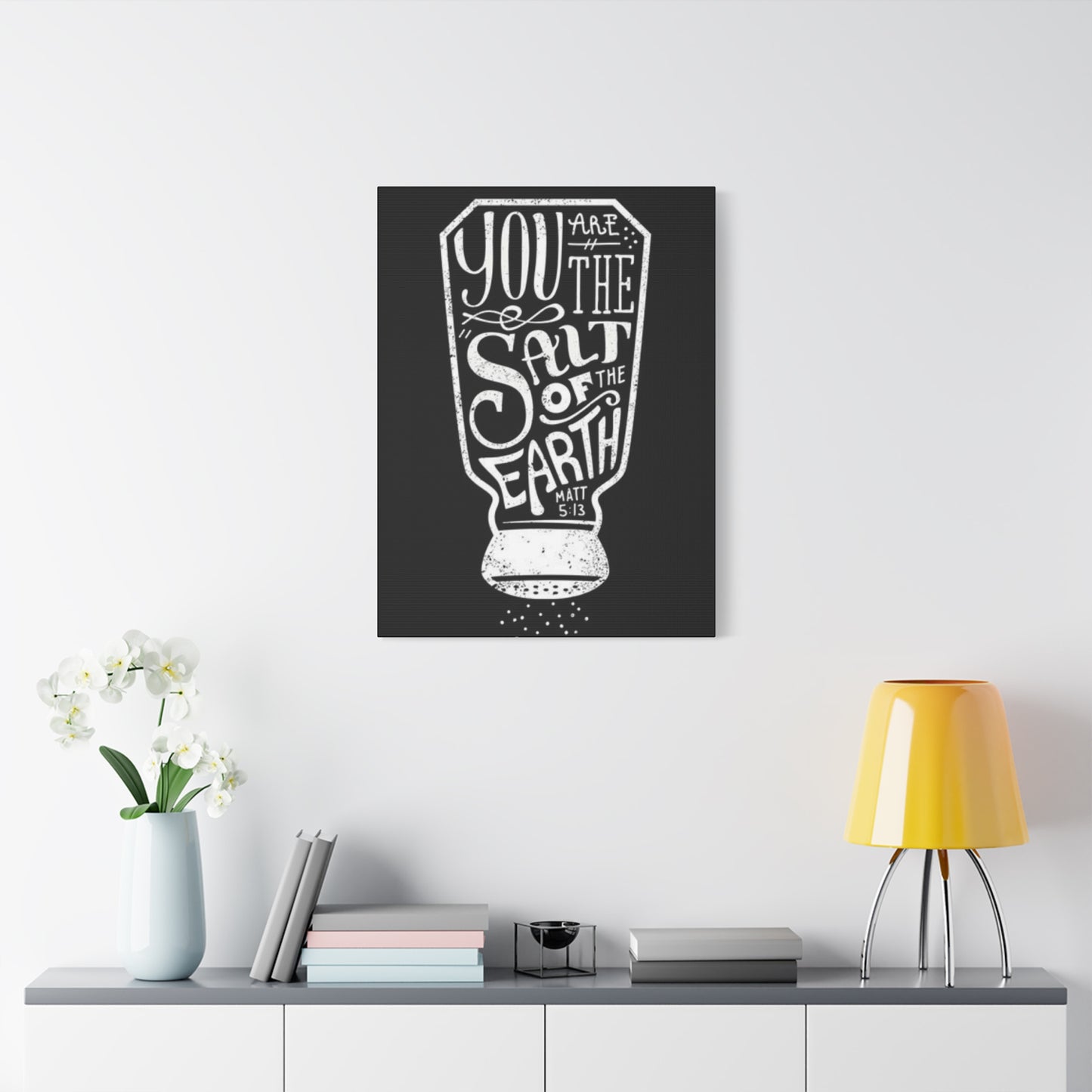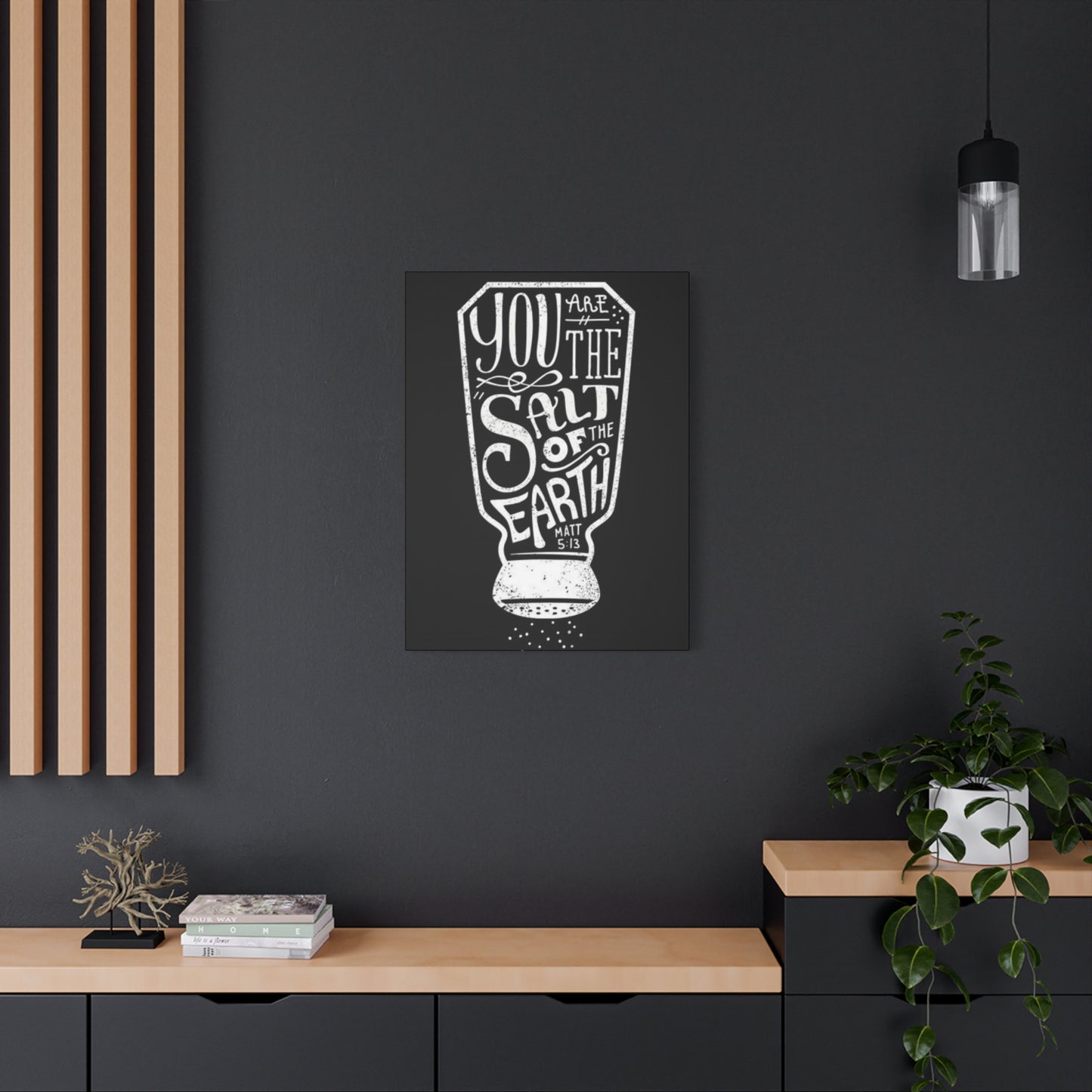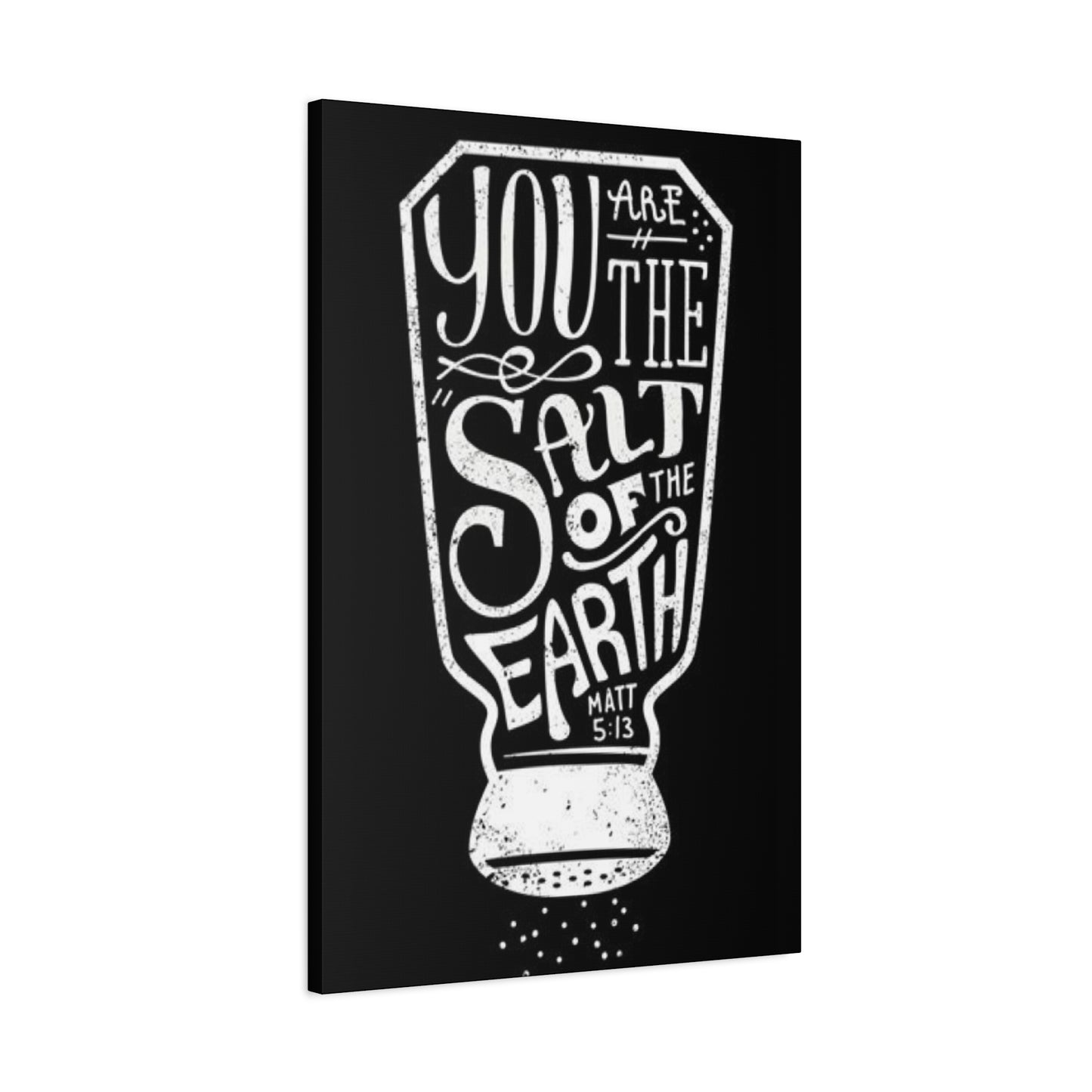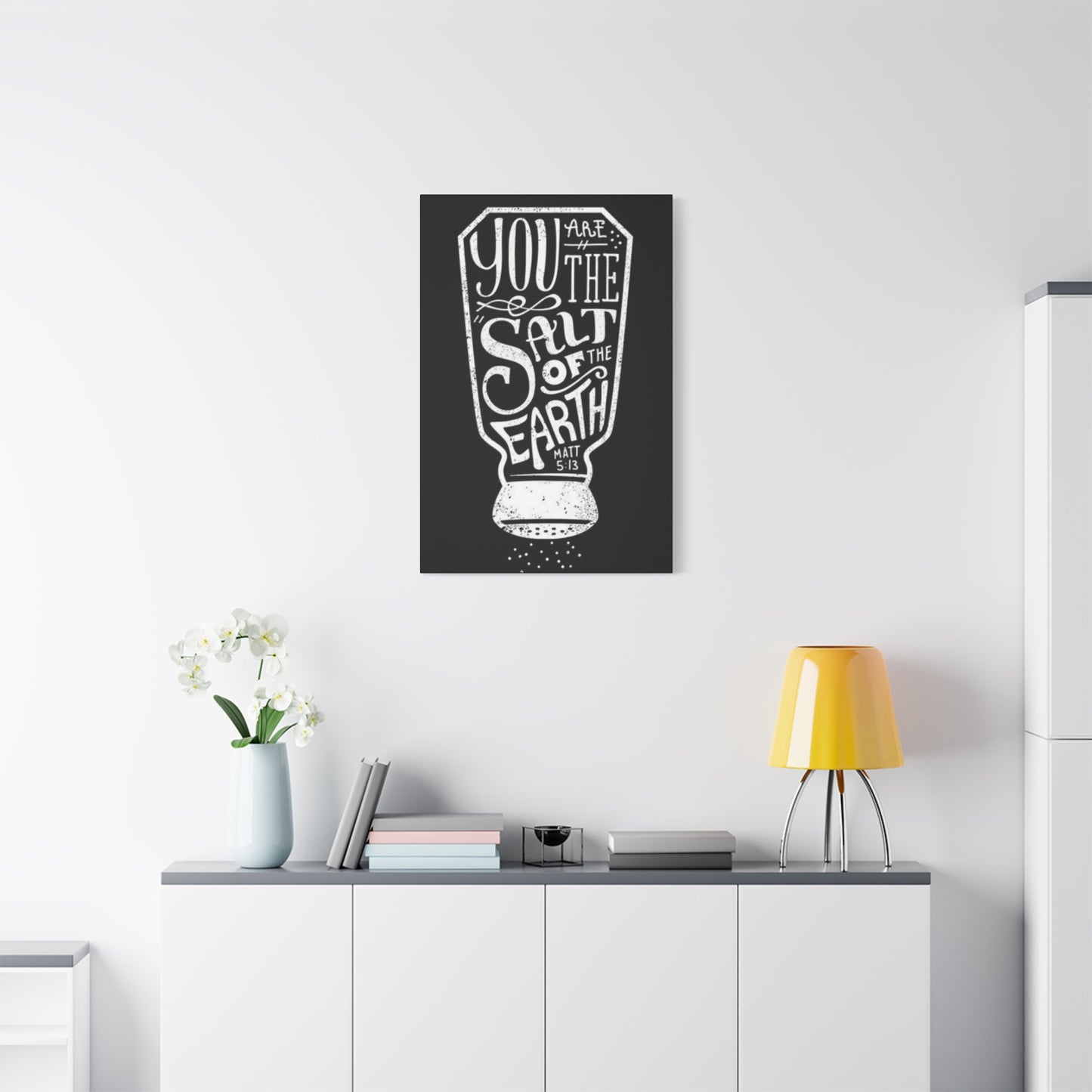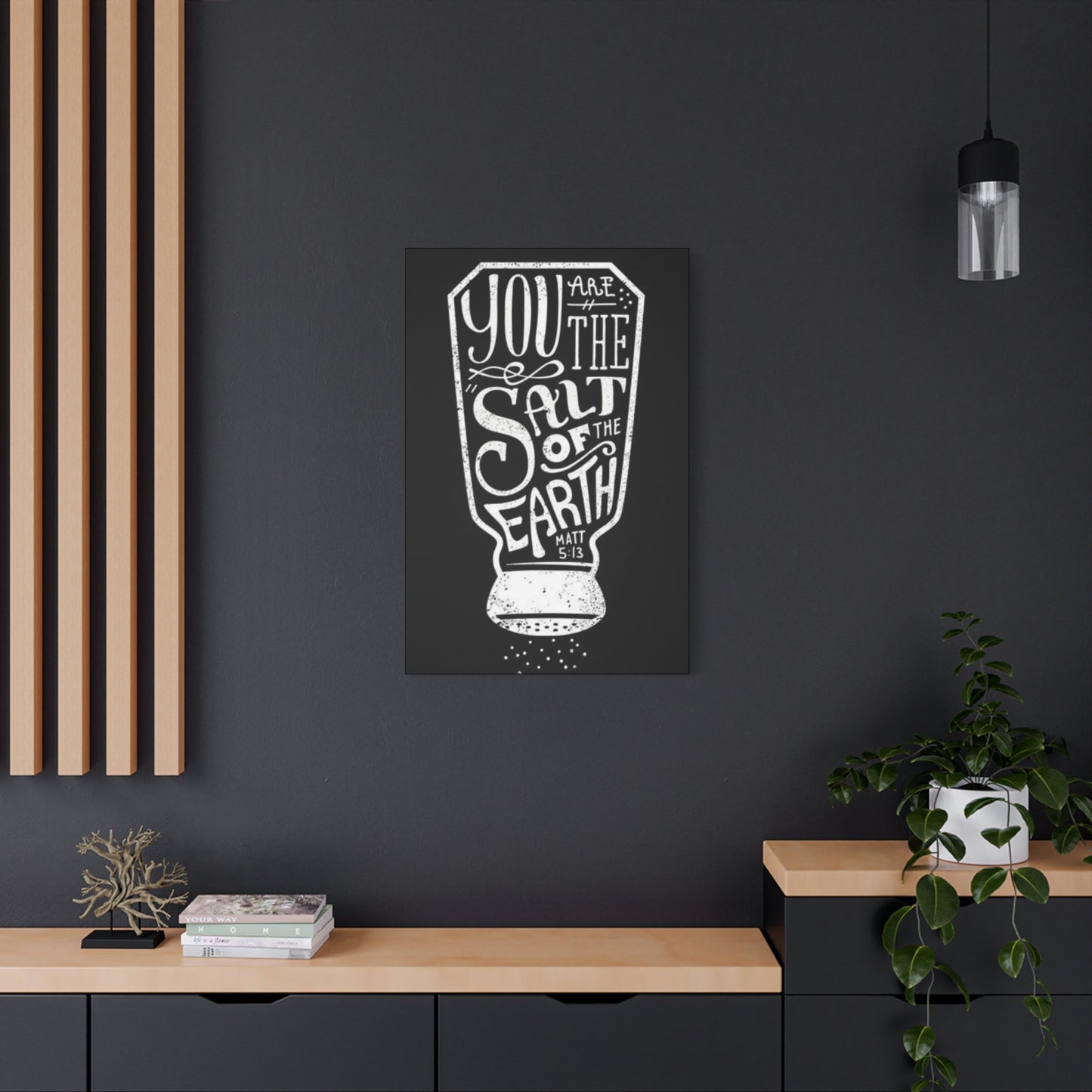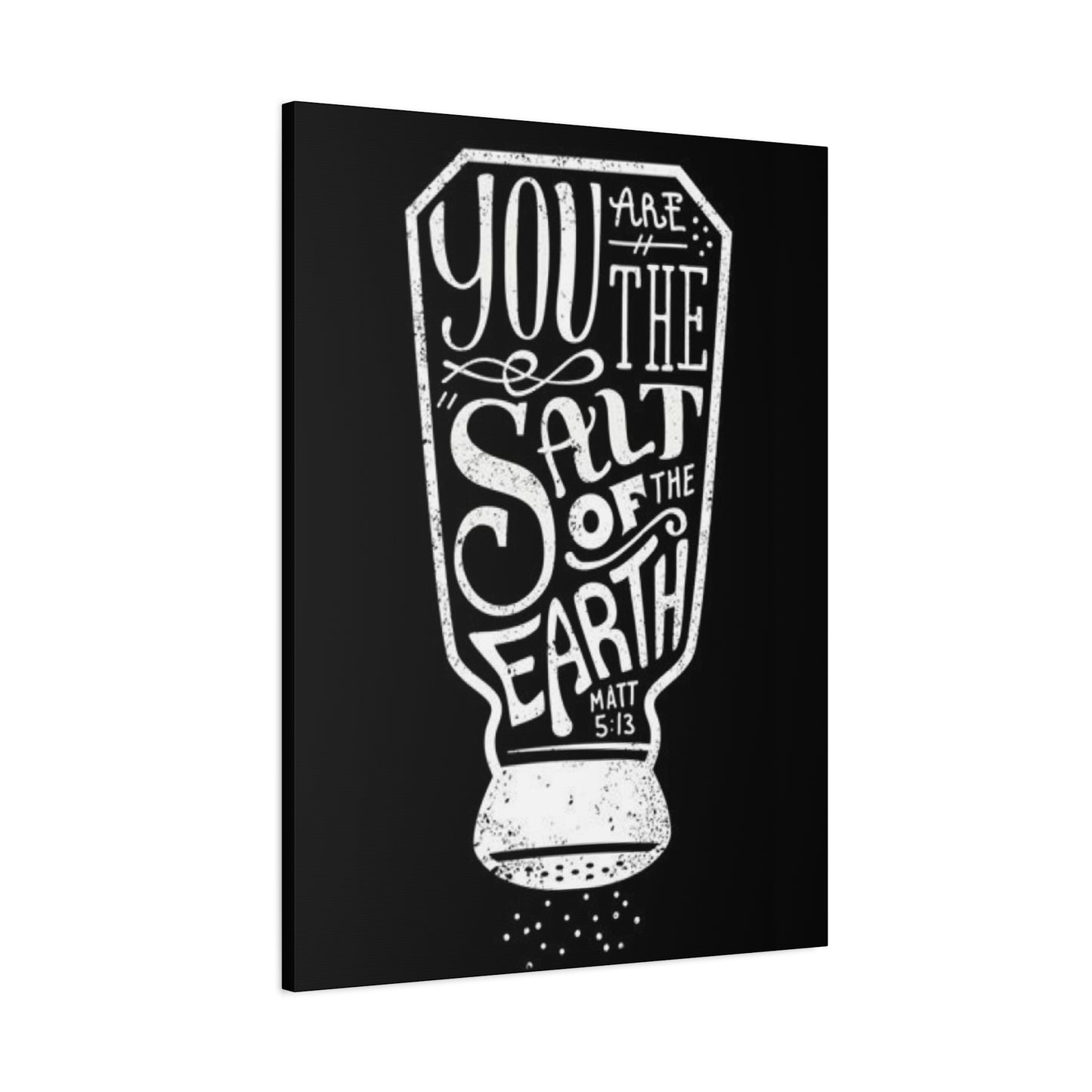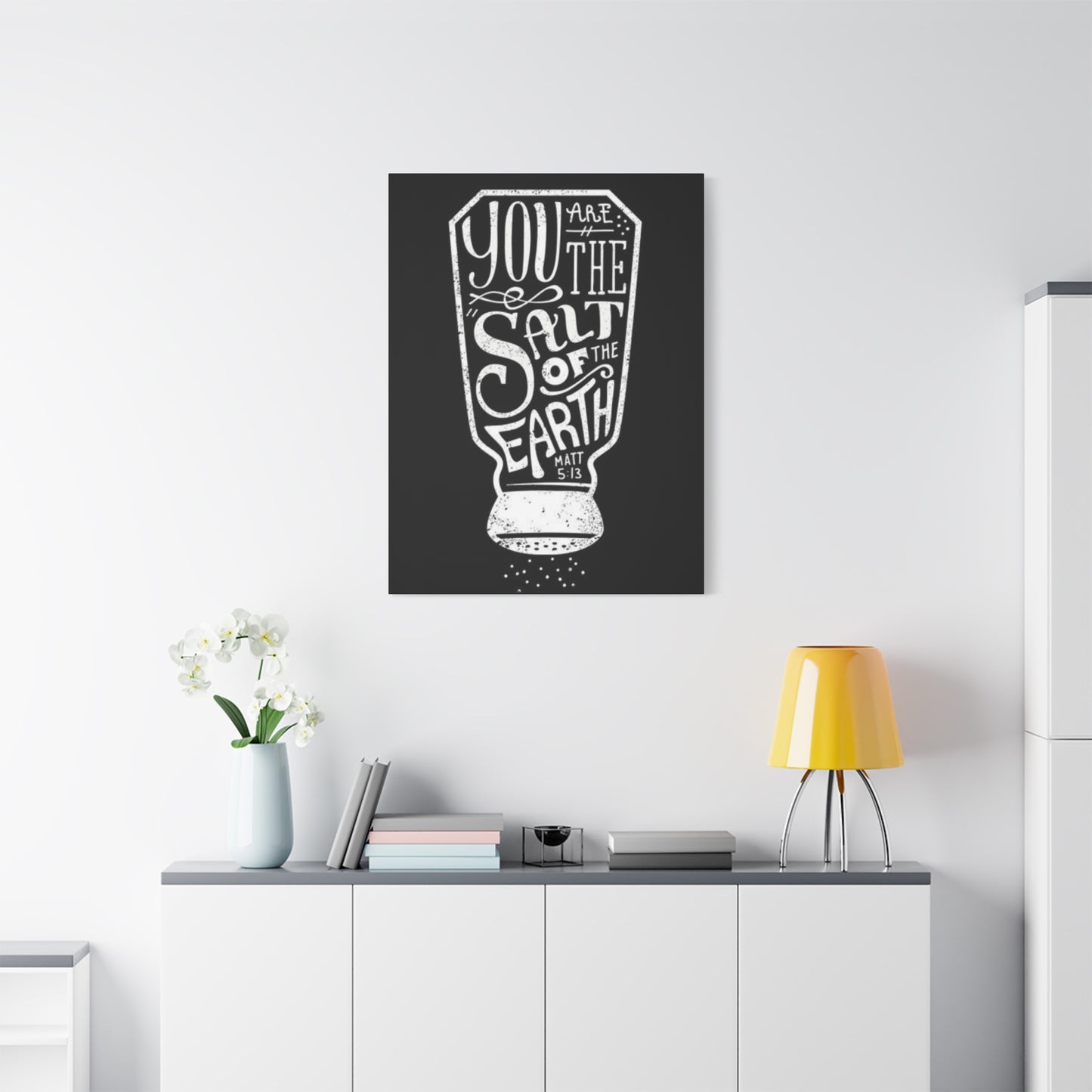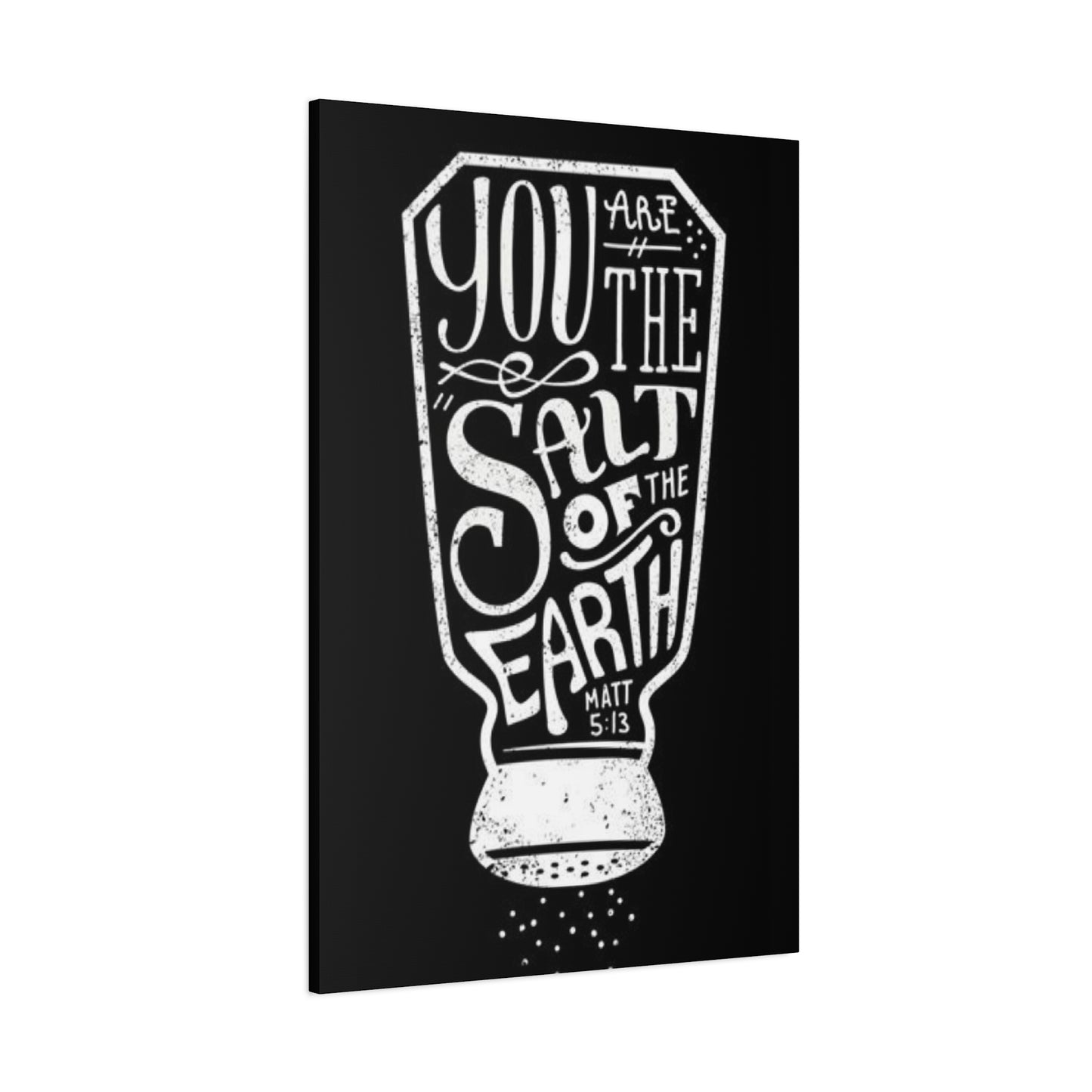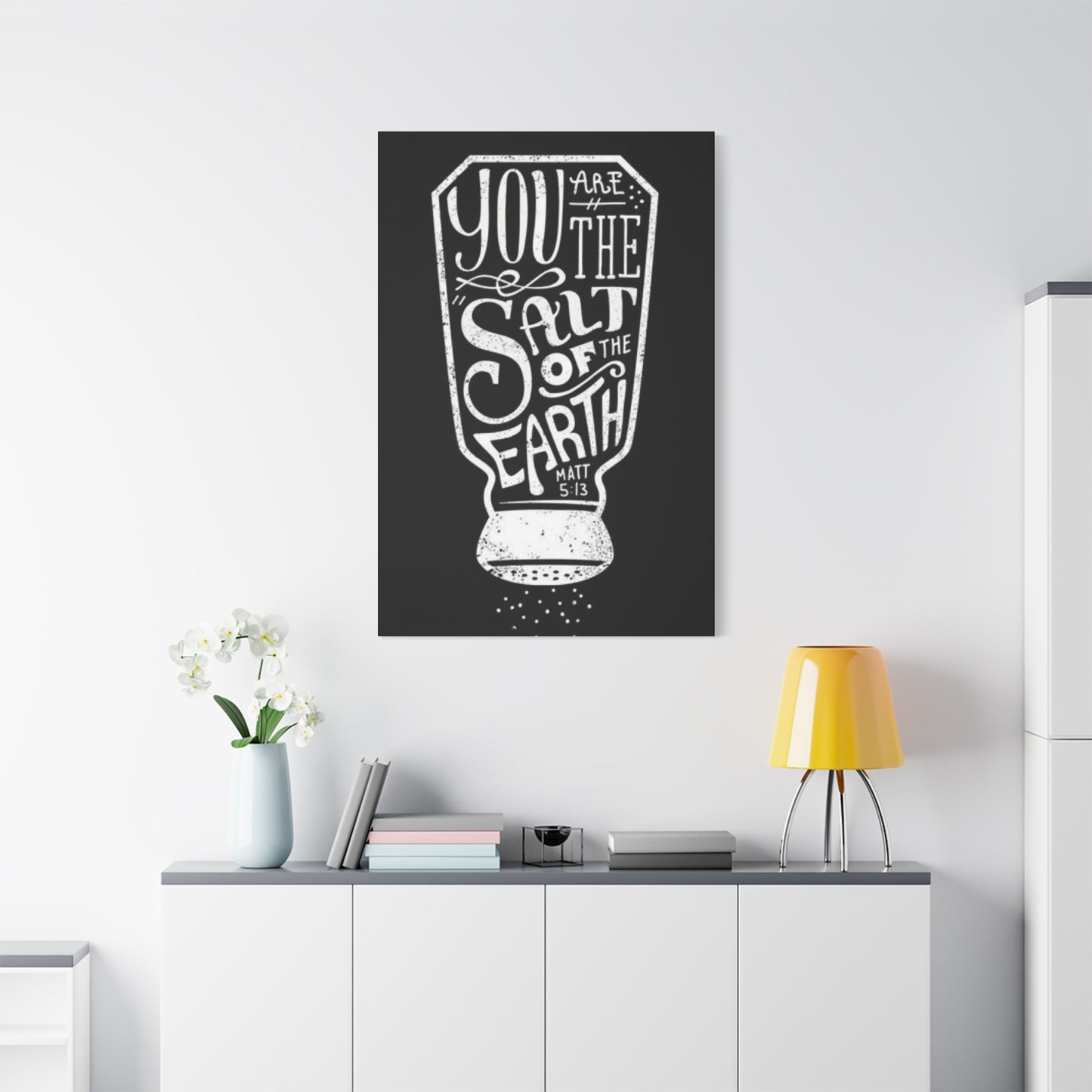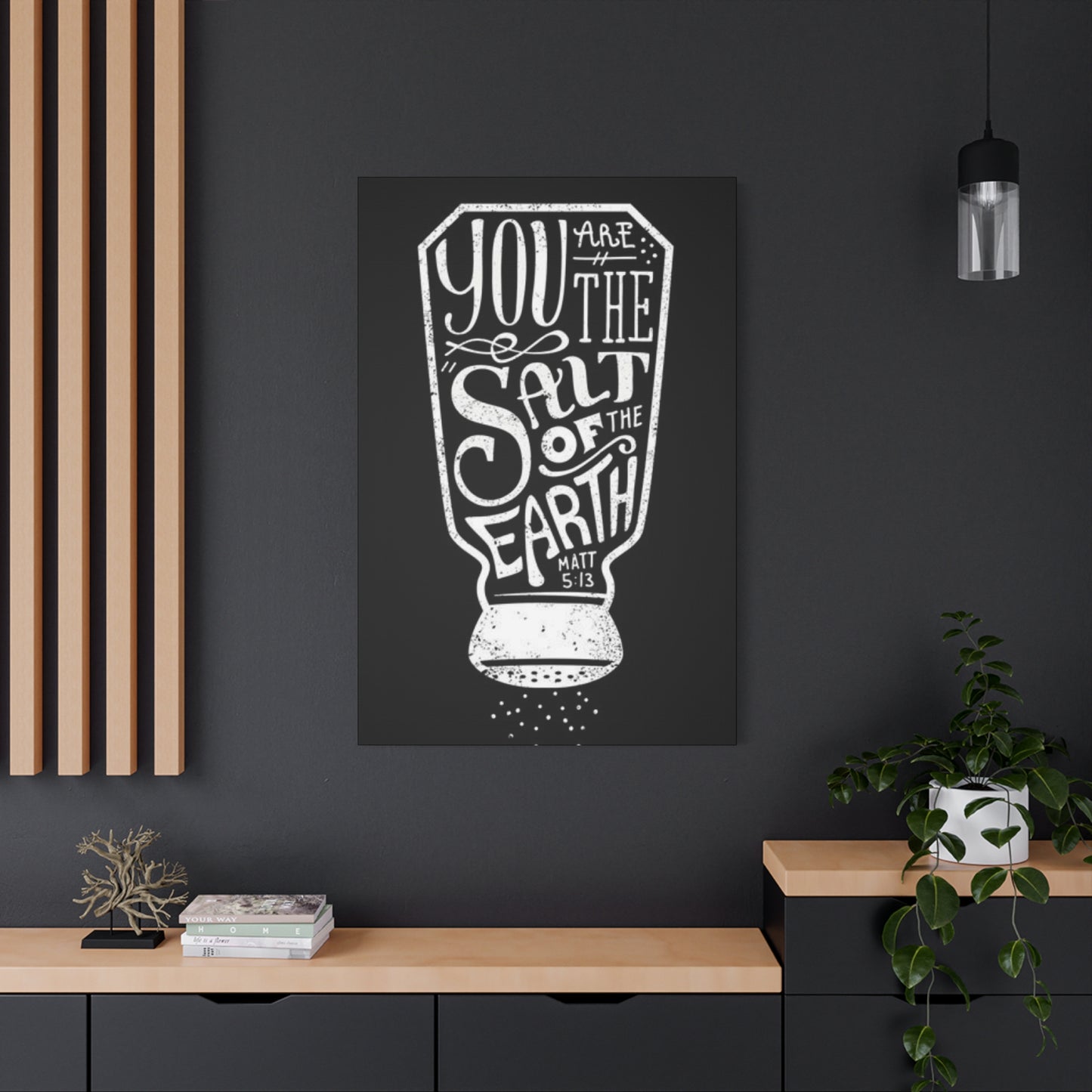The Ultimate Guide to Salt Sprinkler Chalkboard Wall Art: A Perfect Blend of Rustic and Functional Décor
The world of interior design constantly evolves, bringing fresh perspectives on how we can transform our living spaces into reflections of our personal style and creativity. Among the most captivating trends emerging in recent years is the incorporation of chalkboard elements combined with vintage kitchen motifs, particularly those featuring the timeless salt sprinkler imagery. This artistic movement bridges the gap between nostalgic charm and contemporary aesthetics, offering homeowners an opportunity to infuse their spaces with character, warmth, and visual interest.
The beauty of incorporating these design elements lies in their remarkable versatility. Whether you're drawn to the raw authenticity of farmhouse decor, the clean lines of modern minimalism, or the eclectic mix of transitional styling, chalkboard canvas pieces featuring salt sprinkler designs can seamlessly integrate into virtually any interior landscape. These artistic additions serve not merely as decorative accents but as conversation starters that tell stories of culinary heritage, domestic traditions, and the simple pleasures of home cooking.
What makes this design approach particularly appealing is its accessibility. Unlike expensive gallery pieces or complicated installation projects, creating or incorporating these elements into your home requires minimal investment while delivering maximum impact. The chalkboard aesthetic brings an element of vintage schoolhouse charm, while salt sprinkler imagery evokes memories of family gatherings, home-cooked meals, and the comforting rituals of daily life. Together, they create a visual narrative that resonates with people across generations and design preferences.
The tactile nature of these pieces adds another dimension to their appeal. The matte finish of chalkboard surfaces contrasts beautifully with surrounding textures, creating depth and visual intrigue. When combined with the recognizable silhouette of a salt sprinkler, rendered in crisp white or soft cream tones, the result is artwork that feels both familiar and fresh. This combination speaks to our collective desire for authenticity in an increasingly digital world, offering a tangible connection to simpler times while maintaining relevance in contemporary spaces.
As we explore the various facets of this design trend, you'll discover numerous approaches to incorporating these elements into your home. From large-scale statement pieces that anchor entire rooms to subtle accents that add personality to overlooked corners, the possibilities are limited only by your imagination. Each application offers unique benefits, whether you're seeking to create a cohesive design scheme, add visual interest to neutral spaces, or establish focal points that draw the eye and invite closer inspection.
Creative Salt Sprinkler Chalkboard Art
The artistic representation of salt sprinklers on chalkboard surfaces represents more than mere decoration; it embodies a celebration of culinary history and domestic artistry. These creations capture the essence of vintage kitchenware while presenting it through a contemporary lens that appeals to modern sensibilities. The creative process behind developing salt sprinkler chalkboard art involves careful consideration of composition, proportion, shading techniques, and contextual elements that enhance the overall visual narrative.
When approaching creative salt sprinkler chalkboard art, artists and designers often begin by studying authentic vintage pieces to understand their characteristic forms and details. Classic salt sprinklers feature distinct shapes ranging from cylindrical vessels with perforated tops to ornate shakers with decorative patterns. The challenge lies in translating these three-dimensional objects into two-dimensional representations that maintain depth and visual interest. Skilled artists achieve this through strategic use of highlights, shadows, and subtle gradations that create the illusion of form and texture.
The choice of chalkboard as the medium introduces unique opportunities for artistic expression. Unlike traditional canvas or paper, chalkboard surfaces provide a deep, rich background that allows lighter elements to pop dramatically. This high contrast becomes particularly effective when rendering salt sprinklers in white or cream chalk, creating striking visual impact that commands attention without overwhelming the viewer. The matte finish of chalkboard also minimizes glare and reflection, ensuring the artwork remains clearly visible from various angles and lighting conditions.
Creative interpretations of salt sprinkler chalkboard art extend beyond literal representations. Some artists embrace a more stylized approach, simplifying forms into geometric shapes that suggest rather than explicitly depict their subjects. Others incorporate surrounding elements such as scattered salt crystals, accompanying pepper mills, or contextual kitchen implements that tell a broader story. Typography often plays a supporting role, with carefully selected fonts presenting words like "season generously" or "pass the salt" in layouts that complement rather than compete with the primary imagery.
Texture manipulation adds another layer of sophistication to these artistic endeavors. By varying the pressure and angle of chalk application, artists can create surfaces that appear weathered and aged or smooth and refined. Some techniques involve layering multiple chalk tones to build depth, while others utilize blending methods that soften edges and create atmospheric effects. The negative space surrounding the salt sprinkler becomes equally important, providing visual breathing room that prevents the composition from feeling cluttered or cramped.
Color palette considerations significantly influence the mood and style of salt sprinkler chalkboard art. While traditional black backgrounds dominate, some artists experiment with charcoal gray, deep navy, or forest green chalkboard surfaces that offer subtle variation while maintaining the classic chalkboard aesthetic. The salt sprinkler itself typically appears in whites and creams, though adventurous creators occasionally introduce muted accent colors that suggest vintage ceramic glazes or enamelware patterns.
Scale plays a crucial role in determining the artwork's impact within a space. Larger pieces measuring three feet or more in width or height make powerful statements suitable for focal walls in kitchens or dining areas. Medium-sized works measuring eighteen to thirty inches offer versatility for various room configurations and wall arrangements. Smaller pieces can be grouped in collections or used as accent elements within gallery wall arrangements, creating visual interest through repetition and variation.
DIY Chalkboard with Salt Sprinkler Design
Creating your own chalkboard featuring salt sprinkler designs offers a rewarding hands-on experience that yields personalized artwork perfectly tailored to your space and preferences. The DIY approach provides complete creative control over size, composition, style, and detail level, ensuring the finished piece aligns precisely with your vision. Additionally, the process itself can be therapeutic and enjoyable, offering a welcome break from digital devices and screen-based activities while engaging hands and mind in tangible creative work.
Beginning a DIY chalkboard project requires assembling appropriate materials and preparing your workspace. The foundation typically consists of a wooden board, canvas panel, or pre-made chalkboard surface purchased from craft retailers. Smooth surfaces work best, as texture can interfere with chalk application and create unintended visual effects. If starting with raw wood or canvas, applying chalkboard paint in multiple thin coats creates a suitable working surface. Allow adequate drying time between coats and consider light sanding between applications to achieve maximum smoothness.
Template creation simplifies the process of transferring salt sprinkler designs onto chalkboard surfaces, especially for those lacking confidence in freehand drawing abilities. Begin by selecting or creating a salt sprinkler image at the desired size. Print the design and use graphite transfer paper to trace the outline onto your prepared chalkboard surface. Alternatively, create a stencil by cutting the salt sprinkler shape from cardstock or acetate sheets, which can be repositioned and reused for multiple projects or repeated elements within a single composition.
Chalk selection significantly impacts the quality and appearance of your finished artwork. Traditional stick chalk works well for bold, opaque coverage but can be challenging to control for fine details. Chalk pencils offer precision for intricate work and crisp lines but may require multiple layers to achieve solid coverage. Liquid chalk markers provide intense, even color and smooth application but become permanent once fully dried, eliminating the ability to make corrections. Many DIY artists maintain a collection of chalk types, selecting the most appropriate tool for each aspect of the design.
The actual drawing process begins with establishing basic shapes and proportions. Block in the general form of the salt sprinkler using light marks that can be easily adjusted or erased. Focus on getting the overall size and placement correct before committing to details. Once satisfied with the basic structure, gradually build up layers of chalk, working from light to dark values if creating shading and dimension. Blend chalk with fingertips, cotton swabs, or blending stumps to create smooth transitions between tones.
Highlight placement creates the illusion of three-dimensionality and brings salt sprinkler designs to life. Identify where light would naturally hit the curved surfaces of your subject and concentrate the brightest white chalk in these areas. Allow the black or dark chalkboard background to represent the deepest shadows, using mid-tone grays to create gradual transitions. This strategic distribution of values transforms flat drawings into convincing representations that appear to occupy actual space.
Detail work distinguishes amateur efforts from professional-quality results. Carefully render the perforations in the salt sprinkler top, ensuring they appear uniform in size and evenly distributed. Add subtle texture to suggest ceramic or glass surfaces, using gentle stippling or cross-hatching techniques. If including text elements, take time to establish proper letter spacing and alignment, using ruler edges or string guides to maintain straight baselines. Small imperfections contribute to handmade charm, but obvious errors in proportion or alignment can undermine the overall impact.
Modern Kitchen Wall Art Ideas
Modern kitchen design increasingly recognizes walls as opportunities for artistic expression rather than merely functional surfaces requiring cabinets or tile backsplashes. Contemporary wall art approaches for kitchens balance aesthetic appeal with practical considerations, selecting pieces that withstand temperature fluctuations, humidity exposure, and the general wear associated with active cooking spaces. Salt sprinkler chalkboard art fits naturally within this modern context, offering visual interest that complements rather than conflicts with contemporary kitchen aesthetics.
The open-concept floor plans dominating modern architecture create unique challenges and opportunities for kitchen wall art. With kitchens flowing seamlessly into dining and living areas, artwork must coordinate with multiple spaces while maintaining distinct identity. Salt sprinkler imagery on chalkboard surfaces provides recognizable kitchen-specific content that clearly defines the cooking zone without erecting visual barriers that would contradict open-concept principles. The neutral color palette typical of chalkboard art ensures compatibility with diverse color schemes spanning connected spaces.
Gallery wall arrangements bring museum-quality curation to modern kitchens, combining multiple pieces into cohesive displays that transform ordinary walls into focal features. Salt sprinkler chalkboard art functions effectively as an anchor piece within these arrangements, its substantial visual weight and clear subject matter providing stability around which smaller pieces can orbit. Surround the central chalkboard element with complementary items such as vintage kitchen tool displays, botanical prints featuring culinary herbs, or abstract pieces in coordinating color palettes to build thematic unity.
Large-scale statement pieces suit modern kitchens featuring expansive walls that might otherwise feel barren or overwhelming. A generously sized salt sprinkler chalkboard artwork measuring four feet or more in any dimension commands attention and provides visual grounding in spaces dominated by hard surfaces and angular cabinetry. The soft, organic curves of salt sprinkler forms offer pleasing contrast to the straight lines and geometric shapes typical of modern kitchen design, introducing visual variety that prevents monotony.
Color blocking strategies popular in contemporary design integrate smoothly with chalkboard art elements. Paint surrounding walls in bold accent hues that frame and emphasize the black or charcoal tones of chalkboard pieces. Alternatively, maintain neutral walls throughout the kitchen while using the chalkboard artwork itself as the primary color statement. This approach keeps spaces feeling open and airy while providing sufficient visual interest to prevent blandness.
Lighting design considerations dramatically affect how modern kitchen wall art presents itself throughout the day. Position directional spotlights or track lighting to highlight salt sprinkler chalkboard pieces during evening hours when natural light fades. Under-cabinet lighting can create interesting wash effects across lower wall areas, while pendant fixtures might cast attractive shadows that add depth and drama. Consider how window placement affects natural light patterns and position artwork to maximize visibility during peak kitchen usage hours.
Mixed material displays embrace the textural diversity celebrated in modern design philosophy. Combine chalkboard art with metal wall sculptures, wooden signs, ceramic tile arrangements, or fabric elements to create compositions that engage multiple senses and showcase material variety. The matte finish of chalkboard surfaces provides excellent contrast against glossy tiles, polished metals, and smooth glass, ensuring each element within the display maintains distinct visual presence.
Rustic Charm: Salt Sprinkler Wall Prints
Embracing rustic design elements brings warmth, character, and timeless appeal to living spaces that might otherwise feel overly polished or impersonal. Salt sprinkler wall prints serve as perfect vehicles for rustic charm, capturing the essence of simpler times when cooking involved hands-on processes and connections to food sources remained direct and immediate. These prints celebrate craftsmanship, heritage, and the beauty found in everyday objects that served generations of home cooks.
The aesthetic foundation of rustic design emphasizes natural materials, weathered finishes, and evidence of hand craftsmanship over machine perfection. Salt sprinkler wall prints contribute to these goals through their subject matter and presentation style. Images of vintage salt sprinklers, particularly those showing age-related patina, chips, or wear, tell stories of long use and faithful service. When rendered on textured paper stocks or canvas substrates, these characteristics amplify to create artwork that feels authentically old-fashioned despite contemporary creation dates.
Color palettes typical of rustic design align beautifully with salt sprinkler wall print aesthetics. Warm neutrals including cream, beige, taupe, and various shades of brown dominate rustic interiors, providing perfect backdrops for black chalkboard-style prints featuring white or cream imagery. Accent colors drawn from nature like sage green, dusty blue, or rust orange can appear in print borders, mat boards, or frame finishes, creating cohesive color stories that tie artwork to surrounding decor.
Texture plays an outsized role in successful rustic design, and salt sprinkler wall prints offer numerous opportunities for textural interest. Canvas prints provide fabric weave patterns that add dimension and visual intrigue. Wood-mounted prints showcase natural grain patterns that enhance organic appeal. Distressed frame treatments featuring deliberate scuffs, dings, or paint removal create aged appearances that suggest long histories. Layering these textural elements builds rich, complex surfaces that invite close examination and tactile exploration.
The provenance narrative surrounding rustic decor elements adds emotional resonance that transforms objects from mere decoration into meaningful artifacts. While salt sprinkler wall prints may be recently created, their vintage subject matter and traditional presentation style evoke stories of farmhouse kitchens, country cooking, and family recipes passed through generations. These implied histories create connections between present-day living and imagined pasts, satisfying deep human needs for continuity and belonging.
Scale considerations for rustic salt sprinkler wall prints differ somewhat from modern contexts. Rustic design often embraces oversized pieces that might feel too dominant in minimalist settings but work perfectly in rooms featuring substantial furniture, heavy textiles, and abundant decorative objects. A generously proportioned salt sprinkler print can anchor entire walls in dining rooms or kitchens, its size balanced by surrounding elements like open shelving, plate racks, or collections of vintage kitchenware.
Grouping strategies for rustic wall arrangements favor asymmetrical layouts that appear organic rather than rigidly planned. Cluster salt sprinkler prints with complementary pieces at varying heights and spacing intervals, avoiding perfectly aligned arrangements that would feel too formal for rustic contexts. Include pieces of different sizes and orientations within groups, and don't worry if gaps appear irregular or if some pieces hang slightly off-level, as these minor imperfections enhance handmade, collected-over-time character.
Farmhouse-specific rustic styling embraces agricultural heritage and rural living traditions. Salt sprinkler wall prints fit naturally into these schemes, representing essential kitchen tools from eras when farms operated as self-sufficient entities producing their own food. Pair these prints with other farm-related imagery like chicken coops, milk cans, produce baskets, or vintage farm equipment to build thematic consistency that tells coherent stories about agricultural life.
Material authenticity matters tremendously in rustic design, where genuine wood, metal, and natural fiber elements outperform synthetic alternatives. When selecting salt sprinkler wall prints, prioritize those produced on authentic canvas rather than plastic-coated papers attempting to mimic canvas texture. Choose frames constructed from real wood showing natural grain variations rather than composite materials with printed wood-look surfaces. These quality distinctions may increase costs but dramatically improve authenticity and longevity.
Lighting approaches for rustic spaces tend toward warm color temperatures that enhance cozy, inviting atmospheres. Position salt sprinkler wall prints where they'll receive soft, diffused light rather than harsh direct illumination that might create unwanted glare. Consider vintage-style fixtures with Edison bulbs or warm LED alternatives that cast golden glows reminiscent of candlelight or oil lamps from earlier eras. This lighting reinforces the nostalgic mood that rustic design cultivates.
Seasonal adaptability allows rustic decor to remain fresh and engaging throughout the year without requiring complete overhauls. Salt sprinkler wall prints serve as stable foundation pieces that persist across seasons while surrounding elements rotate. In autumn, add dried corn stalks and pumpkins nearby; winter might bring evergreen branches and pinecones; spring welcomes fresh herb bundles and flowering branches; summer calls for wildflower arrangements and garden vegetables. These seasonal flourishes keep displays feeling current while maintaining core rustic character.
Entryway Accent: Chalkboard Wall Decor
First impressions form within seconds of entering any space, making entryways critical zones for establishing design intentions and welcoming atmosphere. Chalkboard wall decor featuring salt sprinkler designs offers unique advantages for these transitional areas, combining visual interest with functional possibilities while setting tones for interior spaces beyond. The placement of thoughtful artwork in entryways signals that homeowners value aesthetics and care about experiences visitors have from the moment they cross thresholds.
The vertical nature of most entryways, often tall but narrow, creates specific opportunities for chalkboard art display. Elongated salt sprinkler compositions oriented vertically draw eyes upward, making ceilings appear higher and spaces feel more expansive. Alternatively, horizontal arrangements can visually widen narrow entries, counteracting tunnel-like qualities that might otherwise feel confining. The proportions of your specific salt sprinkler artwork should respond thoughtfully to architectural characteristics present in your entry space.
Functional chalkboard elements gain particular utility in entryways, where household members might appreciate spaces to leave messages, note appointments, or communicate grocery needs. A salt sprinkler design can occupy the upper two-thirds of a chalkboard surface while reserving lower areas for actual writing. This combination delivers aesthetic appeal and practical functionality, justifying wall space allocation that might otherwise seem purely decorative. Ensure writing areas remain easily accessible and position them at comfortable heights for all household members.
Lighting considerations become especially important in entryways, which frequently lack natural light sources and may rely entirely on artificial illumination. Install fixtures that adequately light chalkboard wall decor without creating harsh glare that obscures details or causes eyestrain. Pendant lights hanging at appropriate heights can provide both ambient lighting and focused illumination for artwork. Wall sconces positioned flanking chalkboard pieces create balanced lighting that enhances rather than overwhelms the display.
Minimalist Salt Sprinkler Canvas Ideas
Minimalism's growing popularity reflects widespread desire for simplicity, clarity, and intentionality in environments increasingly cluttered by material possessions and competing stimuli. Salt sprinkler canvas ideas executed through minimalist lenses demonstrate that restraint and simplification can enhance rather than diminish visual impact. The challenge lies in distilling subjects to essential elements while maintaining recognizability and interest, achieving the delicate balance between too little and just enough.
The minimalist approach to salt sprinkler canvas art often begins with radical simplification of form. Rather than rendering every detail, curve, and texture, minimalist interpretations reduce salt sprinklers to basic geometric shapes that suggest rather than explicitly depict their subjects. A simple cylinder topped with a smaller perforated dome captures essential salt sprinkler characteristics while eliminating extraneous details. This reductive process requires careful judgment about which elements truly define subjects and which can be removed without losing recognition.
Color limitation defines minimalist aesthetics, and salt sprinkler canvas ideas benefit from strict palette restrictions. The classic combination of black backgrounds with white imagery naturally aligns with minimalist preferences, though variations substituting charcoal gray for black or cream for white introduce subtle sophistication without violating minimalist principles. Some interpretations reverse traditional relationships, presenting black salt sprinklers against white grounds for unexpected visual dynamics that maintain essential simplicity.
Negative space utilization becomes crucial in minimalist compositions, where empty areas balance occupied zones and prevent visual congestion. A small salt sprinkler rendered in one corner of a large canvas creates tension between object and void that draws attention more effectively than centered placement might achieve. The generous breathing room surrounding simplified imagery allows viewers' eyes to rest and minds to focus without distraction, embodying minimalism's core values of space, light, and mental clarity.
Line quality in minimalist salt sprinkler canvas art carries heightened significance when abundant detail is stripped away. Each remaining line must justify its existence through structural necessity or aesthetic contribution. Clean, confident strokes executed with precision communicate assurance and skill. Trembling or uncertain marks undermine minimalist goals by introducing visual noise that contradicts the intended calm. Practice and careful execution ensure that simplified forms maintain power and presence despite reduced complexity.
The material quality of canvases themselves gains importance in minimalist contexts where surface characteristics become prominent in the absence of busy imagery. High-quality, evenly woven canvas provides refined backgrounds worthy of minimal artistic interventions. The subtle texture of canvas weave adds visual interest without competing with primary imagery, creating sophisticated surfaces that reward close inspection. This attention to substrate quality reflects minimalist values honoring materials and craftsmanship.
Monoline illustration techniques offer appealing solutions for minimalist salt sprinkler canvas art, where single-weight lines describe forms without shading or tonal variation. This approach produces clean, graphic results reminiscent of technical drawings or architectural renderings. The uniform line weight creates visual consistency and rhythmic quality that soothes rather than agitates viewers, supporting minimalism's goals of creating peaceful, contemplative environments.
Typography integration in minimalist salt sprinkler canvas pieces requires extremely judicious editing to include only essential words in carefully selected typefaces. A single word like "season" or "flavor" positioned thoughtfully within compositions can enhance meaning without cluttering visual fields. Font selection favors clean, sans-serif options or refined serif faces with excellent legibility and timeless appeal. Overly decorative or trendy typefaces contradict minimalist aesthetics through unnecessary ornamentation.
The exhibition and framing of minimalist salt sprinkler canvas art deserves consideration equal to the artwork itself. Simple float frames that suspend canvases away from wall surfaces create subtle shadow gaps that add dimensional interest while maintaining clean presentations. Alternatively, frameless mounting allows artwork to stand independently without additional visual elements competing for attention. When frames are employed, they should virtually disappear through neutral colors and minimal profiles that defer entirely to the artwork.
Layered Textures with Chalkboard Wall Art
Contemporary interior design increasingly celebrates textural diversity, recognizing that varied surface qualities create visual interest and sensory richness that flat, uniform treatments cannot match. Chalkboard wall art featuring salt sprinkler designs contributes significantly to layered texture strategies, offering matte surfaces that contrast beautifully with surrounding materials. The interplay between rough and smooth, matte and glossy, hard and soft surfaces builds complexity that engages viewers and creates sophisticated, professional-looking spaces.
The foundational texture of chalkboard surfaces themselves provides starting points for building layered compositions. The fine-grained matte finish absorbs rather than reflects light, creating zones of visual rest that balance shinier elements nearby. This quality makes chalkboard art particularly effective at grounding spaces where multiple reflective surfaces might otherwise create visual chaos. The depth of black chalkboard backgrounds adds gravitas and weight that lighter materials lack, establishing solid anchors within textural arrangements.
Chalk application techniques introduce additional textural dimensions to chalkboard wall art. Solid, opaque coverage creates smooth, even surfaces ideal for crisp rendering of salt sprinkler forms. Alternatively, deliberately visible brush marks, stippling patterns, or partially blended areas add surface variation that catches light differently and creates visual movement. The choice between smooth and textured chalk application should respond to overall design intentions and surrounding material palette.
Wood elements pair exceptionally well with chalkboard art in layered texture schemes. Frames constructed from distressed barn wood introduce rough, organic textures that contrast beautifully with smooth chalkboard surfaces. Alternately, polished hardwood frames with visible grain patterns provide medium-texture elements that bridge between ultra-smooth chalkboard and rougher materials. The warm tones of natural wood also offset the cool neutrality of black and white chalkboard imagery, adding chromatic dimension to textural layering.
Metal accents introduce industrial edge to texture compositions featuring salt sprinkler chalkboard art. Brushed steel frames provide subtle texture and contemporary flair, while hammered or oxidized metal surfaces contribute more pronounced texture and artisanal character. The hardness and coolness of metal creates striking contrast against the warmer, more organic feel of chalkboard surfaces, producing dynamic tension that energizes spaces.
Fabric introductions through matting, hanging systems, or nearby textile elements soften the inherent hardness of chalkboard wall art. Linen mat boards surrounding salt sprinkler imagery add natural, slightly irregular texture that complements rather than competes with the primary artwork. Fabric wall hangings, upholstered furniture, or textile window treatments positioned near chalkboard pieces create textile-hard surface dialogues that enrich overall textural landscapes.
Glass and ceramic elements contribute smooth, reflective textures that maximize contrast with matte chalkboard surfaces. Displaying vintage glass salt shakers or ceramic containers near salt sprinkler chalkboard art creates thematic connections while building textural variety. The light-reflecting properties of glass and glazed ceramic add sparkle and luminosity to arrangements that might otherwise feel heavy or dull, particularly in darker rooms or spaces with limited natural light.
Natural stone or brick surfaces provide rugged, heavily textured backgrounds that make chalkboard art pop dramatically. Mounting salt sprinkler pieces on exposed brick walls or stone veneer surfaces creates powerful visual statements where smooth artwork floats against rough backgrounds. This juxtaposition highlights the refined nature of the artwork while allowing natural materials to showcase their raw, unprocessed character.
Plant materials introduce living texture that evolves over time, unlike static artwork or architectural finishes. Positioning potted herbs, trailing vines, or floral arrangements near salt sprinkler chalkboard art adds organic texture and refreshing color while reinforcing culinary themes. The ever-changing nature of plants ensures that overall compositions remain dynamic and responsive to seasons, preventing static arrangements from growing stale or boring.
Leather accents whether in furniture upholstery, wall panels, or decorative elements contribute luxurious texture with subtle surface variations. The supple, slightly irregular surface of natural leather provides textural middle ground between very smooth and very rough materials. Aged leather with developed patina adds historical character that resonates with the vintage nature of salt sprinkler imagery, creating temporal as well as physical textural connections.
Paper and cardboard materials offer surprisingly diverse textural possibilities in layered compositions. Handmade papers with visible fiber content, embossed card stocks, or corrugated cardboard provide varied surface qualities at minimal cost. Incorporating paper elements through mat boards, mounting substrates, or collage additions builds textural complexity without overwhelming budgets or requiring specialized installation skills.
Three-dimensional objects displayed near salt sprinkler chalkboard art create actual physical texture rather than merely visual texture. Vintage kitchen implements, antique scales, or collections of wooden spoons mounted alongside two-dimensional artwork introduce projecting elements that cast shadows and create depth. This dimensional variation transforms flat walls into relief sculptures that engage viewers from multiple angles.
Light interaction with various textures amplifies the impact of layered compositions. Directional lighting that rakes across textured surfaces emphasizes their dimensional qualities while leaving smooth chalkboard art evenly illuminated. This selective lighting heightens textural contrasts and adds dramatic flair appropriate for spaces requiring visual excitement. Conversely, diffused lighting softens textural differences for more subtle, harmonious effects.
Chalkboard Wall Art for Dining Rooms
Dining rooms occupy unique positions within homes as dedicated gathering spaces where families and friends convene to share meals and conversation. The design of these rooms significantly influences the quality of experiences they host, with artwork playing crucial roles in establishing appropriate atmospheres. Chalkboard wall art featuring salt sprinkler designs brings multiple benefits to dining room environments, combining visual appeal with thematic appropriateness and opportunities for personalization that enhance the dining experience.
The ceremonial nature of dining rooms, often reserved for special occasions and formal meals, requires artwork that strikes balances between sophistication and approachability. Salt sprinkler chalkboard art achieves this balance through its elegant simplicity and connection to universal human activity of preparing and consuming food. The imagery neither intimidates with pretentious abstraction nor bores with pedestrian literalness, instead occupying a comfortable middle ground that most people find appealing and accessible.
Scale considerations for dining room chalkboard art typically favor larger pieces that command attention and anchor spaces visually. Dining rooms often feature substantial furniture including tables, chairs, and storage pieces that require equally weighty artwork to maintain proportional balance. A generously sized salt sprinkler chalkboard piece measuring three feet square or larger provides sufficient visual mass to hold its own against competing elements while creating a focal point that draws eyes and grounds the overall design scheme.
Placement within dining rooms requires careful consideration of sight lines and viewing distances. Artwork positioned on walls directly facing main entrances creates immediate impact as people enter rooms. Alternatively, pieces hung behind head-of-table positions create backdrops for seated diners while remaining visible to those occupying other seats. Avoid placing artwork where it will be obscured by open doors, blocked by furniture, or positioned so low that table centerpieces obscure views.
The relationship between dining room lighting and chalkboard wall art deserves special attention since these spaces often employ dramatic lighting schemes featuring chandeliers or pendant fixtures. Ensure that primary light sources don't create problematic glare on artwork surfaces or cast shadows that obscure important details. Supplementary picture lights or wall sconces positioned to specifically illuminate artwork ensure consistent visibility regardless of ambient lighting conditions or time of day.
Color coordination between chalkboard art and dining room furnishings creates visual harmony that enhances overall design cohesion. The neutral palette of black, white, and gray inherent in most salt sprinkler chalkboard pieces provides flexibility to work with virtually any color scheme. However, thoughtful selection of frame finishes, mat colors, or accompanying artwork can reinforce dominant colors present in upholstery, drapery, or table linens for added coordination.
The conversation-starting potential of salt sprinkler chalkboard art adds social value beyond mere decoration. Interesting artwork gives guests topics to discuss during potentially awkward moments when conversation lags. Pieces featuring vintage salt sprinklers might prompt sharing of memories about grandmothers' kitchens or family cooking traditions, facilitating the human connections that successful dinner parties cultivate. This social lubrication function justifies artwork placement in dining rooms even for those who generally view art as secondary to practical concerns.
Historical and cultural themes suggested by salt sprinkler imagery can be developed through complementary decor elements that build cohesive narratives within dining rooms. Collections of vintage kitchenware, antique cookbooks, or heritage china displayed alongside chalkboard art create environments that celebrate culinary history and tradition. These thematic developments transform dining rooms from generic eating spaces into curated environments that reflect interests and values while educating and entertaining guests.
The formality level of dining rooms influences appropriate styles for salt sprinkler chalkboard art. Formal dining rooms benefit from refined rendering techniques, elaborate frames, and precise, detailed imagery that matches the polish of surrounding furnishings. Casual dining spaces allow for more relaxed, sketchy rendering styles and simpler frames that suit informal atmospheres. This careful calibration ensures that artwork enhances rather than conflicts with overall room character.
Functional chalkboard elements within dining room art offer practical benefits for households that enjoy menu planning or wine pairing documentation. A portion of a salt sprinkler chalkboard piece might be reserved for writing the evening's menu, listing featured wines, or noting special ingredients. This interactive element transforms static artwork into dynamic communication tools that engage diners and add theatrical flair to meal presentations.
The sensory environment of dining rooms extends beyond visual considerations to include scent, sound, and tactile experiences. While chalkboard art cannot directly address these sensory dimensions, its presence contributes to overall aesthetic quality that elevates dining experiences holistically. Beautiful surroundings enhance appreciation of food and company, making even simple meals feel more special and memorable. This atmospheric contribution justifies investment in quality artwork that many might initially consider dispensable luxury.
Seasonal variation capabilities allow dining room chalkboard art to remain fresh and responsive to changing occasions throughout the year. The permanent salt sprinkler imagery can be supplemented with removable chalk additions that acknowledge holidays, seasons, or special celebrations. Halloween might bring orange leaves and bats, winter holidays could introduce evergreen branches and snowflakes, spring invites flowers and butterflies. These temporary additions keep artwork feeling current without requiring permanent alterations or complete replacements.
The investment value of quality dining room artwork extends beyond immediate aesthetic gratification to include long-term appreciation potential. While mass-produced prints hold minimal resale value, original chalkboard art or limited edition pieces by recognized artists can appreciate over time. For collectors or those planning eventual estate liquidation, selecting artwork with investment potential adds financial justification to aesthetic and atmospheric benefits.
Affordable Salt Sprinkler Wall Decor
Budget consciousness affects decorating decisions for most households, making affordability a practical concern that need not compromise aesthetic goals. Salt sprinkler wall decor offers numerous low-cost options that deliver impressive visual impact without requiring significant financial investment. Understanding where to allocate limited resources and which corners can be cut without sacrificing quality enables creation of beautiful spaces that honor both aesthetic aspirations and fiscal realities.
Digital printing technologies have revolutionized affordable art access by dramatically reducing reproduction costs while maintaining impressive quality standards. High-resolution salt sprinkler images can be printed on demand in various sizes and substrates, with costs often measuring dollars rather than tens or hundreds of dollars. Online print services provide custom sizing, paper selections, and quick turnaround times that make professional-quality prints accessible to virtually anyone with internet access and modest budgets.
DIY approaches maximize value by substituting sweat equity for cash expenditures. Creating original salt sprinkler chalkboard art requires only basic supplies including chalkboard paint, appropriate surfaces, chalk or chalk markers, and sealant. Total material costs typically remain under fifty dollars even for large pieces, with finished results rivaling commercial options costing many times more. The time investment pays dividends through monetary savings and personal satisfaction of creating unique, custom artwork.
Thrift stores, estate sales, and online marketplaces provide treasure troves of affordable framing options for budget-conscious decorators. Slightly dated or damaged frames often sell for fraction of their original costs and can be transformed through paint, distressing, or hardware updates. Learning basic frame refurbishment techniques expands the universe of usable found frames and enables custom looks unachievable through new frame purchases at comparable price points. This secondhand approach also reduces environmental impact by extending useful lives of existing materials.
Printable digital files available through online marketplaces offer another budget-friendly option for salt sprinkler wall decor. Independent artists sell downloadable artwork files for immediate printing at home or through local print shops. Prices typically range from a few dollars to twenty dollars, dramatically undercutting conventional art purchase costs. While print quality depends on output device capabilities, modern home printers produce surprisingly professional results on appropriate paper stocks.
Poster printing services operating within pharmacy chains, office supply stores, and online platforms provide ultra-affordable enlargement options. A high-quality salt sprinkler image can be enlarged to poster size for minimal cost, then mounted on foam board or stretched over basic wooden frames for rigid display-ready pieces. While not archival quality suitable for fine art collections, these budget solutions serve admirably in casual contexts or rental properties where permanence isn't prioritized.
Size substitution allows budget-conscious decorators to achieve desired looks using smaller, less expensive pieces than originally envisioned. Rather than a single large salt sprinkler artwork costing hundreds of dollars, consider multiple smaller pieces arranged in gallery wall configurations. The cumulative visual impact can equal or exceed that of larger single pieces while keeping individual purchase prices manageable. This approach also allows gradual acquisition as budgets permit rather than requiring significant one-time expenditures.
Simple matting and framing choices reduce costs without necessarily sacrificing appearance. Basic black frames with white mats provide clean, professional presentations suitable for virtually any decor style at fraction of the cost of elaborate custom framing. Big-box retailers and online suppliers offer standard-sized frame options in multiple price tiers, with even budget choices delivering satisfactory results for most applications. Reserving premium framing for exceptional pieces while framing secondary artwork affordably strikes reasonable balances between economy and quality.
Seasonal sales and promotional periods offer opportunities to acquire salt sprinkler wall decor at reduced prices. Many retailers slash art and framing prices during post-holiday clearances, back-to-school periods, or special promotional events. Patient shoppers willing to wait for optimal timing can secure significant discounts on items that would strain budgets at regular prices. Signing up for retailer email lists provides advance notice of upcoming sales for strategic purchase planning.
Statement Pieces: Chalkboard Canvas Prints
Bold, attention-commanding artwork that announces itself immediately upon room entry serves important design functions beyond mere decoration. Statement pieces featuring salt sprinkler designs on chalkboard canvas prints can transform bland spaces into memorable environments while expressing personal style and establishing design authority. The challenge lies in creating or selecting pieces with sufficient presence to dominate spaces without overwhelming them, achieving dramatic impact through confident execution rather than garish excess.
The physical size of statement pieces significantly determines their commanding presence, with dimensions typically exceeding four feet in at least one direction. Large-scale salt sprinkler imagery rendered on expansive canvas surfaces makes undeniable visual claims on spaces, demanding attention and establishing hierarchies among competing design elements. This substantial scale suits spacious rooms with high ceilings and generous wall expanses that can accommodate oversized artwork without feeling cramped or cluttered.
Triptych and multi-panel approaches distribute statement-making imagery across several connected pieces that function as unified compositions. A salt sprinkler design might extend across three separate canvases mounted with small gaps between panels, creating segmented images that read as wholes from distance while revealing interesting divisions upon closer approach. This format allows very large total dimensions while keeping individual panels manageable sizes for handling, transport, and installation.
The artistic technique and execution quality distinguish memorable statement pieces from merely large artwork that fails to impress. Sophisticated rendering that demonstrates technical skill and artistic vision commands respect and attention regardless of subject matter familiarity. Salt sprinklers rendered with exceptional detail, masterful value control, and thoughtful compositional decisions become conversation pieces that guests remember and mention long after visits conclude. This memorable quality defines successful statement pieces.
Unusual perspectives or unexpected treatments elevate salt sprinkler imagery from literal representation to artistic interpretation worthy of statement status. Extreme close-ups revealing surface textures and abstract patterns, dramatic lighting creating theatrical shadows, or unconventional cropping that emphasizes specific elements over complete depictions introduce visual surprise that captures attention. These creative choices signal artistic sophistication and demonstrate that even common objects can become extraordinary through thoughtful interpretation.
The relationship between statement artwork and surrounding decor must balance dominance with compatibility. While statement pieces should command primary attention, they cannot exist in such extreme contrast to surrounding elements that they feel randomly dropped into inappropriate contexts. Successful integration ensures that bold salt sprinkler chalkboard canvas prints enhance rather than clash with existing design schemes, perhaps introducing new colors or textures while respecting established aesthetic directions.
The investment required for truly exceptional statement pieces often exceeds budgets for typical decorative artwork, but the cost-per-impact ratio may actually favor statement pieces over multiple smaller works. A single spectacular salt sprinkler canvas print delivers more dramatic transformation and longer-lasting satisfaction than several mediocre pieces of equivalent total cost. This economic reality justifies patience and saving for truly special pieces rather than settling for readily affordable but ultimately disappointing compromises.
Custom commissioning provides ultimate control over statement piece creation, ensuring perfect alignment with specific spaces and preferences. Collaborate with artists to develop salt sprinkler imagery customized for exact dimensions, color preferences, stylistic approaches, and thematic considerations unique to your situation. While custom work commands premium prices, the resulting perfect-fit pieces deliver value unattainable through mass-produced alternatives. This bespoke approach guarantees uniqueness and personal relevance that generic options cannot match.
The museum-quality presentation standards appropriate for statement pieces ensure that exceptional artwork receives displays worthy of its quality. Professional framing using conservation materials, expert hanging at precisely calculated heights, and dedicated lighting that enhances without damaging artwork demonstrate respect for significant creative investments. These presentation details separate serious collectors from casual decorators and maximize the impact of valuable pieces.
Conclusion:
Salt Sprinkler Chalkboard Wall Art represents the perfect harmony between rustic aesthetics and everyday functionality, making it a standout choice for modern, farmhouse, and eclectic interiors alike. More than just a decorative piece, this unique form of wall art blends artistry, practicality, and nostalgia, transforming ordinary kitchen or dining walls into spaces filled with warmth, creativity, and charm. Its distinctive combination of texture, tone, and interactive design ensures that every glance evokes both utility and character—an ideal reflection of the contemporary approach to functional home décor.
The charm of salt sprinkler chalkboard wall art lies in its ability to merge old-world craftsmanship with modern usability. The chalkboard background evokes a sense of simplicity and authenticity, reminiscent of traditional kitchens, cafés, and markets. Against this backdrop, the image or silhouette of a classic salt sprinkler—sometimes stylized, sometimes realistic—adds an iconic, rustic touch. The result is an artwork that feels both familiar and fresh, balancing the nostalgia of vintage culinary culture with the versatility of chalkboard design.
Beyond visual appeal, this art form serves as a functional décor piece. The chalkboard surface can be used for notes, recipes, reminders, or even artistic doodles, turning your wall into a living, evolving expression of creativity. Whether displayed in a kitchen, café corner, pantry, or dining area, it provides both aesthetic charm and practical purpose. It encourages interaction and personalization, inviting family members or guests to engage with the artwork in ways that reflect daily life and shared experiences.
Color, composition, and texture play crucial roles in defining the artwork’s rustic yet refined character. The matte black or deep charcoal of the chalkboard creates a dramatic backdrop that contrasts beautifully with the white outlines, chalk textures, or salt-inspired imagery. When paired with distressed wood frames or metal finishes, the piece exudes farmhouse sophistication while maintaining a cozy, approachable appeal. Subtle highlights and weathered details further enhance the vintage ambiance, making the artwork appear timeless and well-loved.
Lighting can elevate the beauty and functionality of salt sprinkler chalkboard art. Soft ambient lighting enhances the chalkboard’s depth and emphasizes the rustic frame textures, while direct task lighting highlights written notes or designs. Warm-toned bulbs complement the earthy tones often found in farmhouse and industrial interiors, ensuring that the piece integrates seamlessly with surrounding décor. Proper lighting also highlights the interactive aspect of the chalkboard, encouraging creative use and drawing attention to its handcrafted quality.
What makes this wall art particularly special is its storytelling power. A simple salt sprinkler becomes more than a household object—it symbolizes comfort, tradition, and the heart of the home. It evokes images of family gatherings, shared meals, and the joy of cooking, reinforcing the emotional connection between design and daily life. In this way, the artwork not only decorates your walls but also celebrates the rituals and memories that make a home meaningful.

















